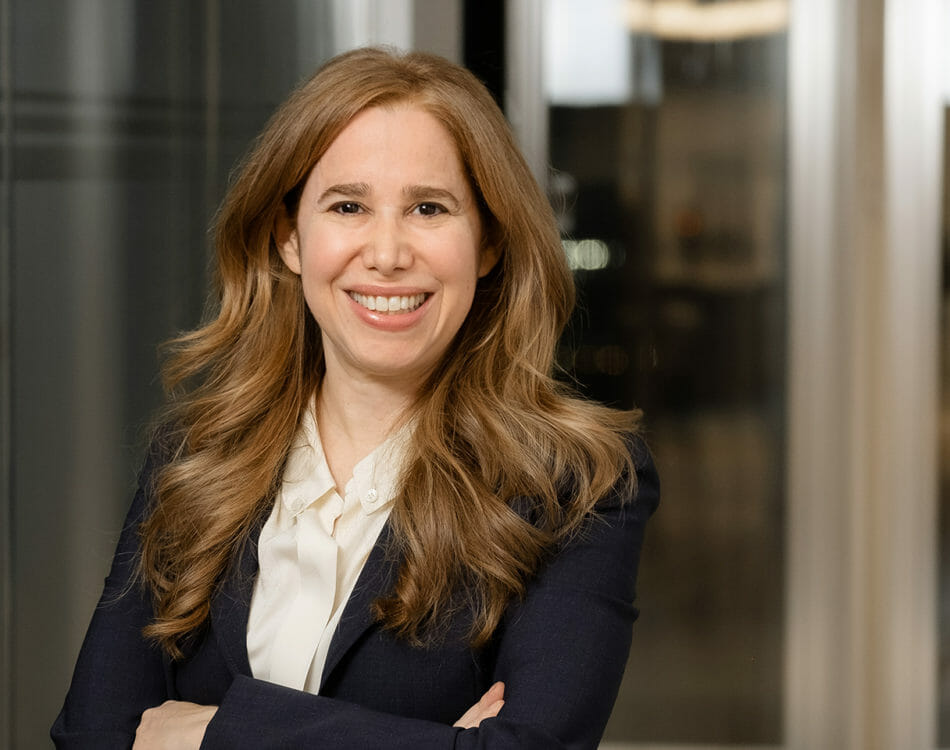The creation and production of branded content are inevitably affected by issues of intellectual property law. Advertisers and their agencies routinely turn to our attorneys to help bring their creative ideas to fruition in a practical manner with as little friction as possible. They trust us not just to raise legal concerns about their content but especially to help them resolve those concerns in ways that preserve the integrity of the ideas while encouraging further creativity. The desire to “push the envelope” must be accompanied by the sound judgment to know when that envelope can rip apart — we strive to find that balance.
The trust our clients place in us is based on our deep and historical knowledge of the marketing and advertising ecosystem. That is why we are regularly called on to analyze the legal implications of cutting-edge ideas — in real time — as they emerge.
There at the Beginning
At the earliest stages, our clients want our legal guidance for their marketing ideas. From major global ad campaigns to the simplest prop in a commercial, they count on us to walk them through the legal implications of these ideas and to look for ways to resolve those concerns in a manner that strives not to gut but instead to preserve the integrity of the proposed idea.
Production and Use
Once an idea is given the green light, the production of the actual content entails a wide range of service and licensing agreements that must be negotiated and implemented. We have broad experience in all aspects of the production process, from contracts with talent and production companies to licenses for music, tattoos, graffiti, props, artwork and third-party materials of all kinds. We are highly attuned to issues of copyright, right of publicity and privacy, and we work to resolve any such issues in a pragmatic, cost-effective manner.
Pushing the Boundaries
As new technology platforms change the nature and uses of content, and as the legal framework behind them remains largely undefined, clients look to us to understand the issues and to assess the risks associated with new types of marketing materials. For example, the rise of brand-to-brand and brand-to-celebrity organic interactions on social media has led us to explore the limits of fair use and to identify the circumstances under which such interactions may be considered noninfringement. As these and other developing practices push the boundaries of what is legally possible, we remain one of the few firms with sufficient command of industry knowledge to reliably advise clients on the legal subtleties and risks they face.


